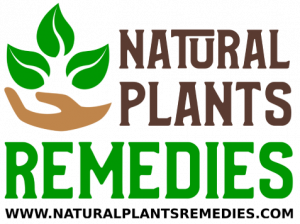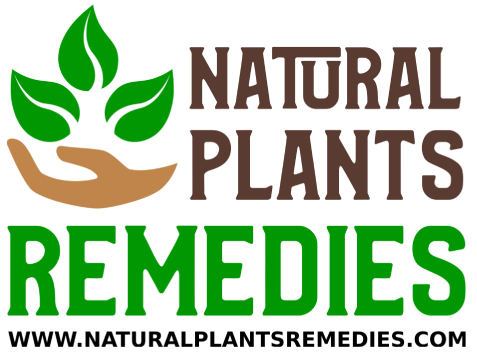Naked Man Orchid - Orchis italica
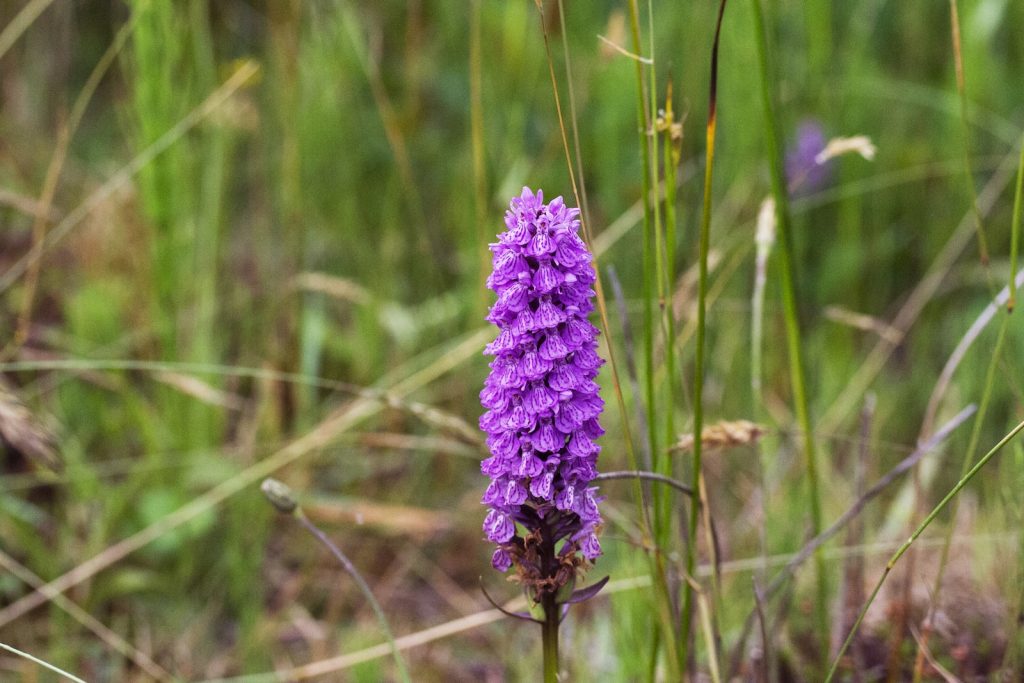
Orchis italica, the naked man orchid or the Italian orchid, is a species of orchid native to the Mediterranean Basin. This orchid species is also beneficial for flatulence problems. It also helps in treatments of skin and is beneficial for dry skin. In ancient times many people believed that if a plant is in a shape of a body organ, then upon consumption it could provide relief to any problem the consumer may also have in that particular organ. Therefore, due to its resemblance to the male person, since the times of the Roman Empire this orchid has been used as a treatment for men’s virility problems. Besides, it was also common as an aphrodisiac.
Neem Tree - Azadirachta indica
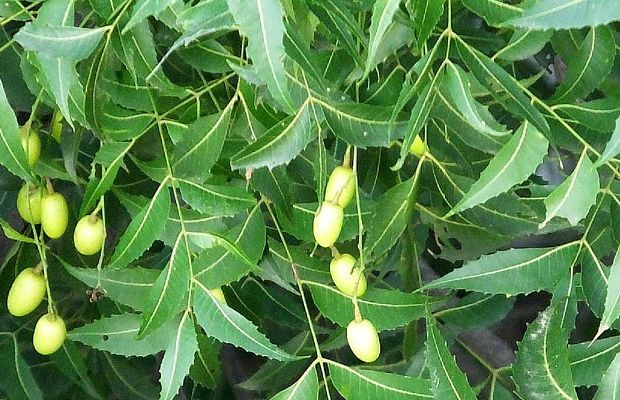
Neem contains chemicals that might help reduce blood sugar levels, heal ulcers in the digestive tract, prevent pregnancy, kill bacteria, and prevent plaque from forming in the mouth. Neem leaf is used for leprosy, eye disorders, bloody nose, intestinal worms, stomach upset, loss of appetite, skin ulcers, diseases of the heart and blood vessels (cardiovascular disease), fever, diabetes, gum disease (gingivitis), and liver problems. The leaf is also used for birth control and to cause abortions.
Nandina, Heavenly Bamboo - Nandina domestica

A decoction is used in the treatment of fever in influenza, acute bronchitis, whooping cough, indigestion, acute gastro-enteritis, tooth abscess, pain in the bones and muscles and traumatic injuries
Nasturtium – Tropaeolum
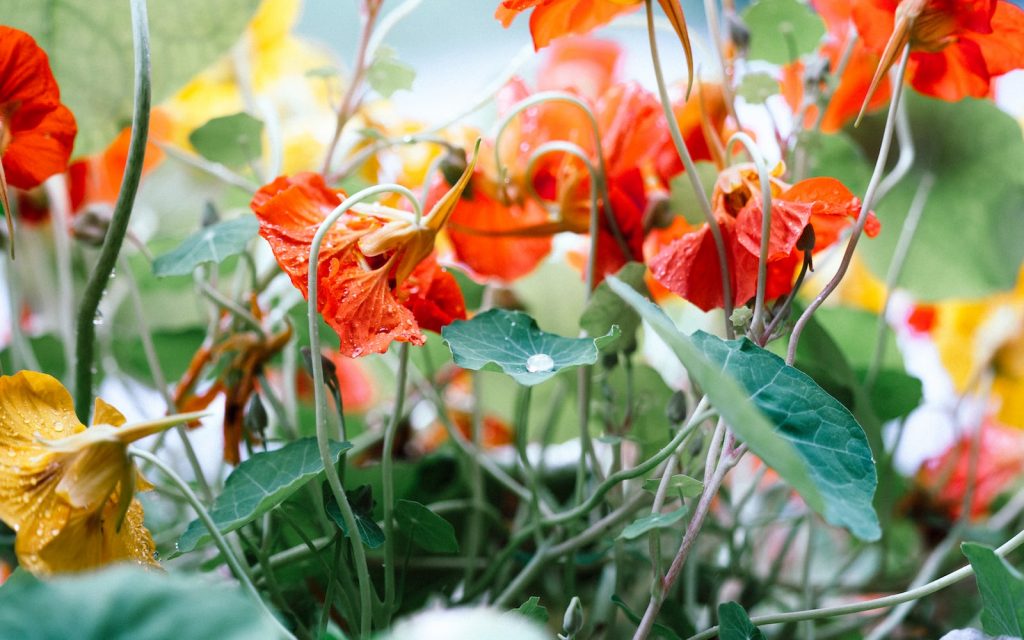
Nasturtium is the common name of Tropaeolum majus. It is one species in a genus of about 80 species of annual and perennial herbaceous flowering plants in the family Tropaeolaceae native to South America and Central America, from Mexico to Chile. Both the leaves and petals of the nasturtium plant are packed with nutrition, containing high levels of vitamin C. It has the ability to improve the immune system, tackling sore throats, coughs, and colds, as well as bacterial and fungal infections.
Nerium - Nerium oleander
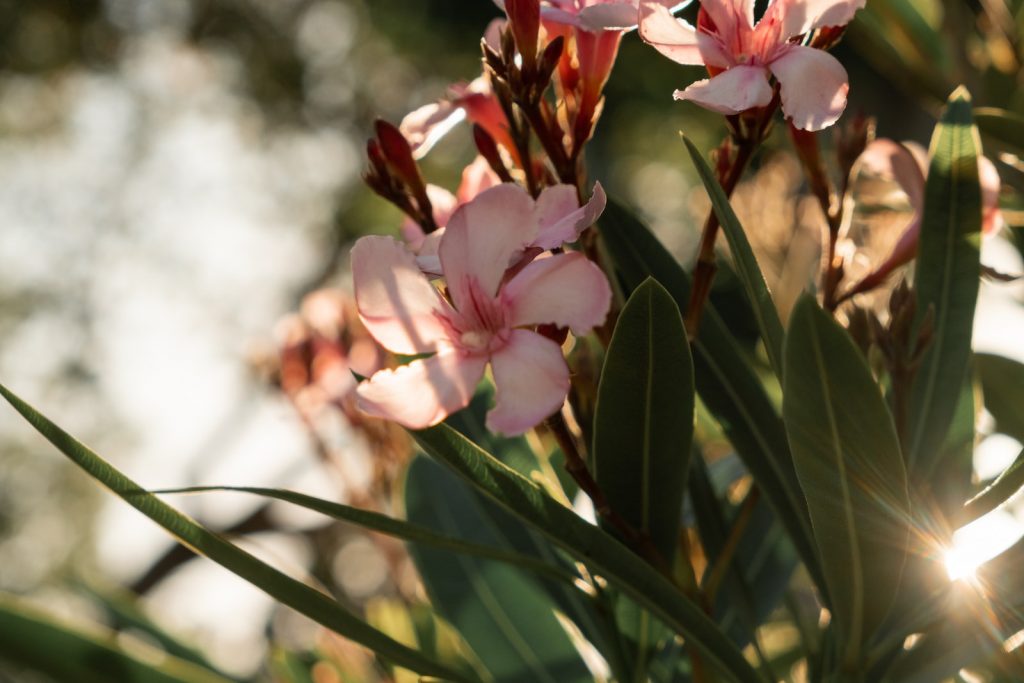
Oleander is used for heart conditions, asthma, epilepsy, cancer, painful menstrual periods, leprosy, malaria, ringworm, indigestion, and venereal disease; and to cause abortions. Its use as a poison is well known. In fact, oleander is reportedly a favorite suicide agent in Sri Lanka, where oleander poisonings exceed 150 per 100,000 each year. Despite the danger, oleander seeds and leaves are used to make medicine. Oleander is used for heart conditions, asthma, epilepsy, cancer, painful menstrual periods, leprosy, malaria, ringworm, indigestion, and venereal disease; and to cause abortions.
Nutmeg - Myristica fragrans Houtt
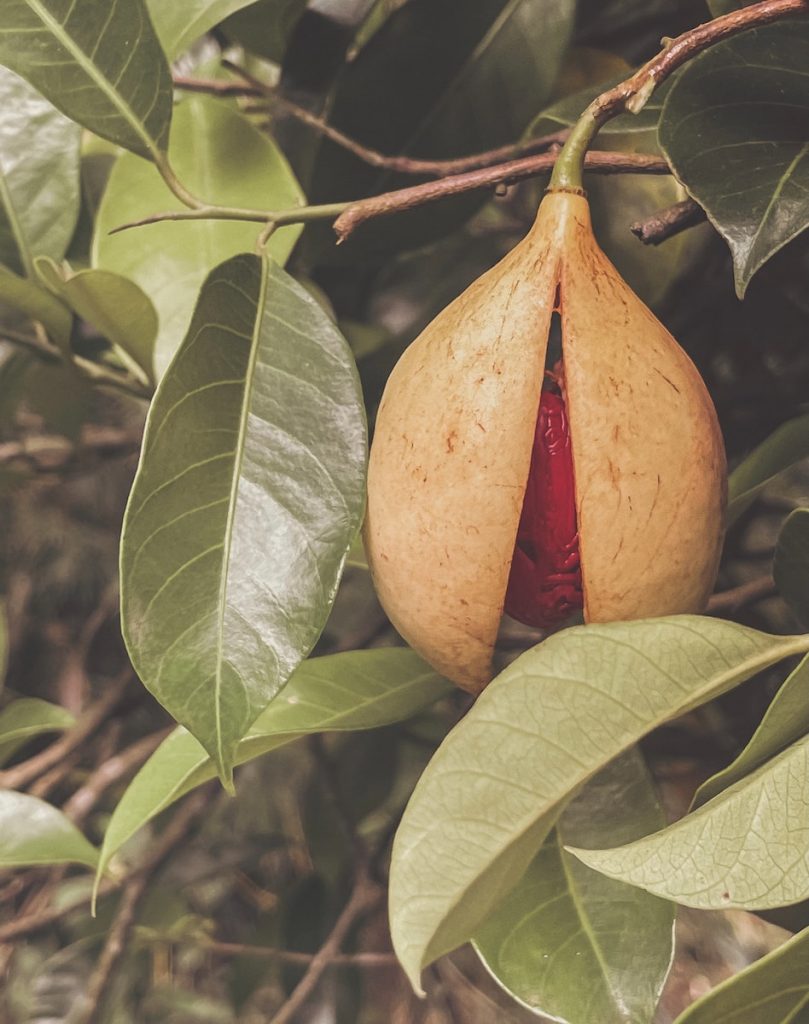
Nutmeg is found to have health benefits, including its ability to relieve pain, soothe indigestion, strengthen cognitive function, detoxify the body, boost skin health, alleviate oral conditions, reduce insomnia, increase immune system function, and prevent leukemia, and improve blood circulation.
Natal Plum - Carissa macrocarpa
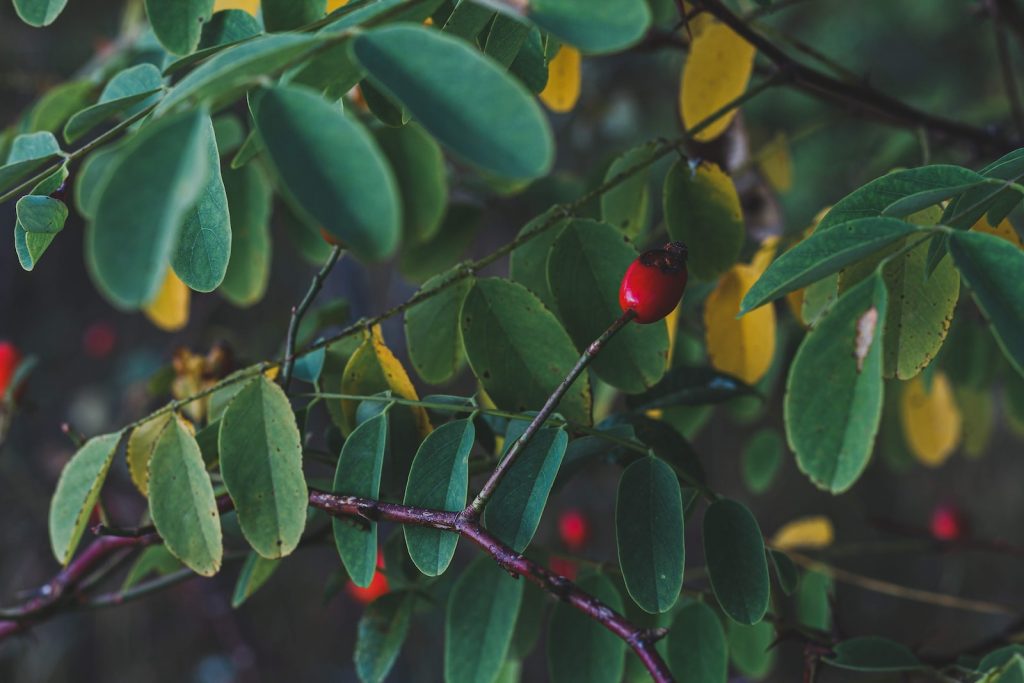
Natal plum contains an impressive amount of vitamin C, known to reduce aging, boost the immune system and lung health, and improve teeth and gums. The fruit also contains a substantial amount of iron, known for reducing fatigue, depression and dizziness. These cyanidin derivatives are associated with health benefits such as anti-inflammatory, antiviral, anti-proliferation, and anti-carcinogenic effects. Natal plum is also rich in vitamin C, calcium, magnesium, and phosphorus
Northern black wattle - Acacia auriculiformis
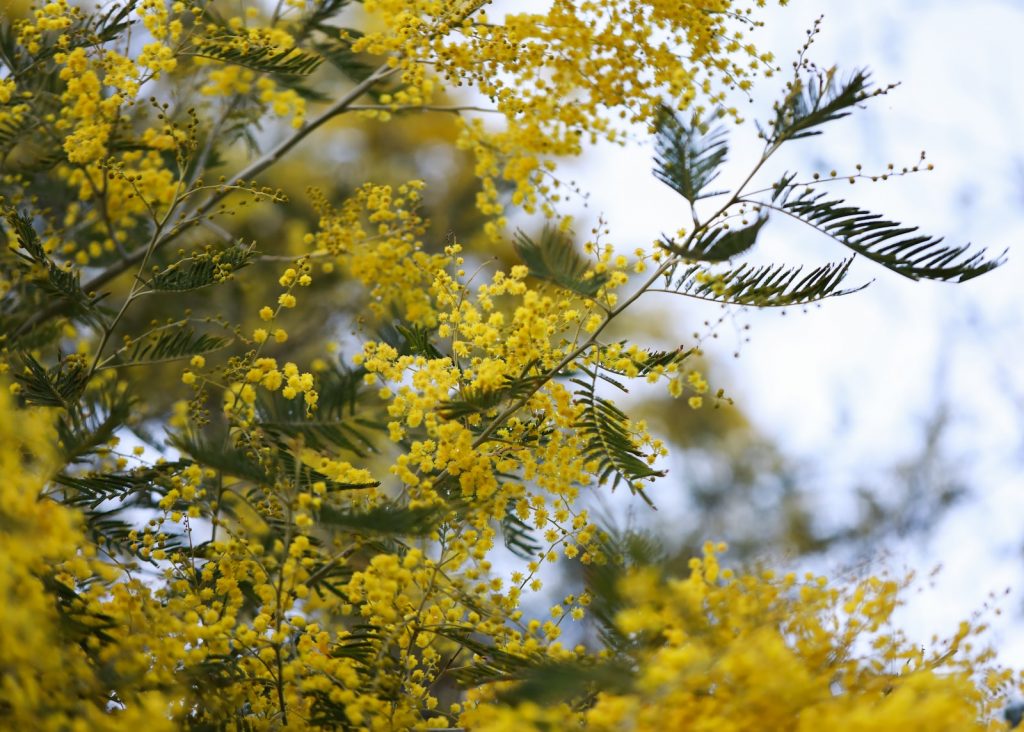
The tannins and gums in the bark of black wattle were used as adhesives. They are still used in the manufacture of some modern veneered and laminated timbers. Medically, it can be used for: Abdominal Disease, Anthelmintic, Back pain, Chest pain, Colic, Cough, Diarrhea, Digestive disorders, Dysentery, Emetic, Febrifuge, Liver problems, Sore Eyes, Stomachic, Tonic, tonic in pregnancy, Tooth ache, Treat Parasitic Intestinal Worms, treating fever, tuberculosis, upset stomach, Wounds.
Nux Vomica - Strychnos nux-vomica
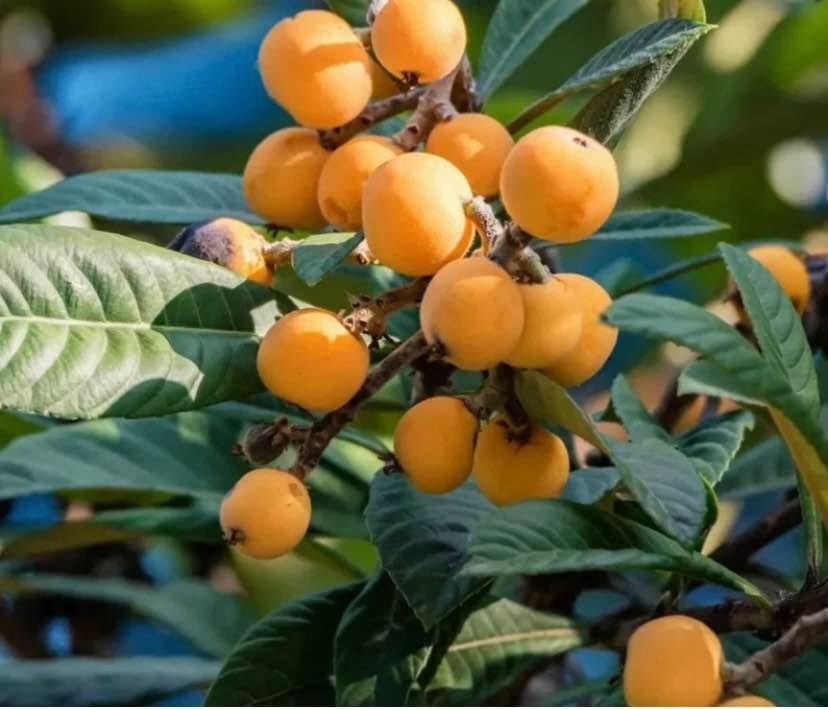
Strychnos nux-vomica, the strychnine tree, also known as nux vomica, poison fruit, semen strychnos, and quaker buttons, is a deciduous tree native to India and to southeast Asia. It is a medium-sized tree in the family Loganiaceae that grows in open habitats. Nux vomica contains strychnine and brucine, two toxic chemicals. People use nux vomica for erectile dysfunction (ED), swelling of the stomach, constipation, anxiety, migraine, and many other conditions, but there is no good scientific evidence to support these uses.
